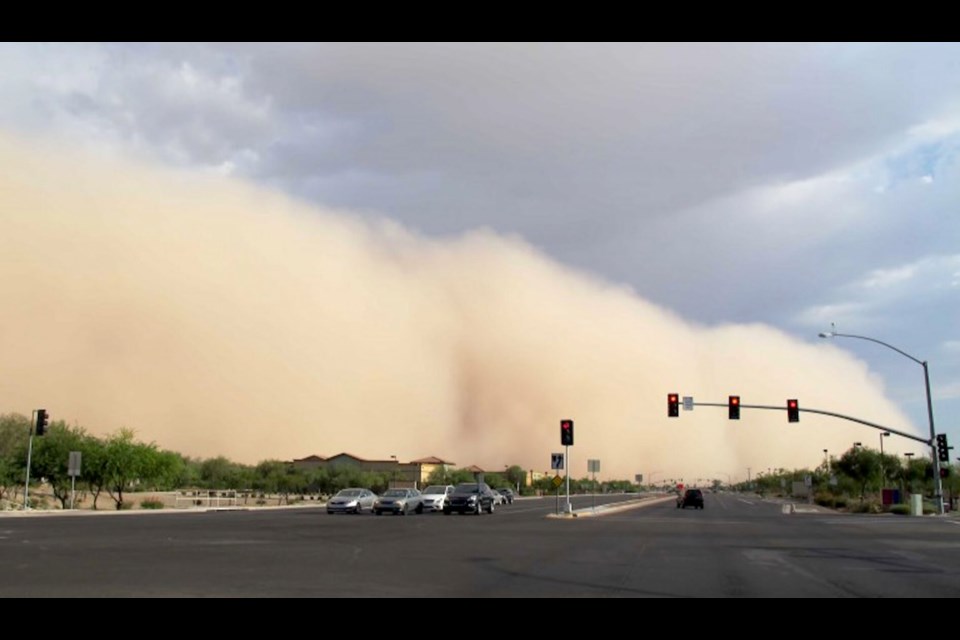The Arizona Department of Health Services (ADHS), alongside the Centers for Disease Control and Prevention (CDC), recognized Fungal Disease Awareness Week Sept. 18-22, an annual event that highlights the growing challenges surrounding the spread of infectious fungi across the United States, .
While many different types of fungal diseases call Arizona home, one of the most common is Valley fever.
Valley fever is caused by the fungus Coccidioides, which thrives in the soil of our arid-desert climate. During periods of immense heat, the fungus dries, allowing it to fragment and spread as it is carried by the wind.
If inhaled into the lungs of humans, household pets (including dogs or cats) or livestock the fungal spores can begin to divide rapidly in the body, leading to infection. In 2021 alone, Arizona reported 11,489 human infections and 1,077 hospitalizations. However, this is estimated to be only a fraction of all cases as 60% of those infected remain asymptomatic.
A Valley fever infection shows signs similar to other pneumonia-like illnesses (e.g., flu or COVID-19), with symptoms including:
- Cough
- Fever
- Shortness of breath
- Exhaustion
- Rash
- Chest pain
- Night sweats
- Joint pain
- Muscle aches
- Headaches
- Weight loss
- Lack of appetite
For those with weakened immune systems, or are pregnant or diabetic, you may be at greater risk for severe disease. African Americans and Filipino Americans may also be at greater risk, though it remains unknown why certain racial or ethnic groups are at greater risk of disseminated infection.
If you experience any symptoms similar to a Valley fever infection, speak with your primary care provider or local urgent clinic about testing. Valley fever is often misdiagnosed as an infection caused by a bacteria or virus, which can cause delays in receiving antifungal treatment and sometimes contributes to the unnecessary use of other medicines. Delayed treatment can be life-threatening and costly for some people.
Many people get better on their own within weeks or months without treatment. However, some people need treatment to reduce symptoms or stop them from getting worse. People who develop severe infections or whose infections spread to other parts of their body often require hospitalization and may need to take antifungal treatment for a long time.
Above all, it’s important to prevent infection by avoiding activities that stir up native-desert soil and wetting dirt prior to exposure.
For more information on Valley fever, visit the Valley fever website, academic partners at the Valley Fever Center for Excellence (VFCE) website and the Valley fever website from the CDC.
Dr. Eugene Livar is assistant director of Public Health Preparedness at the Arizona Department of Health Services. He leads the division that encompasses the Bureaus of Emergency Medical Services and Trauma Systems; Environmental Health Services; Immunization Services; Infectious Disease and Services; Public Health Emergency Preparedness and State Laboratory Services.



